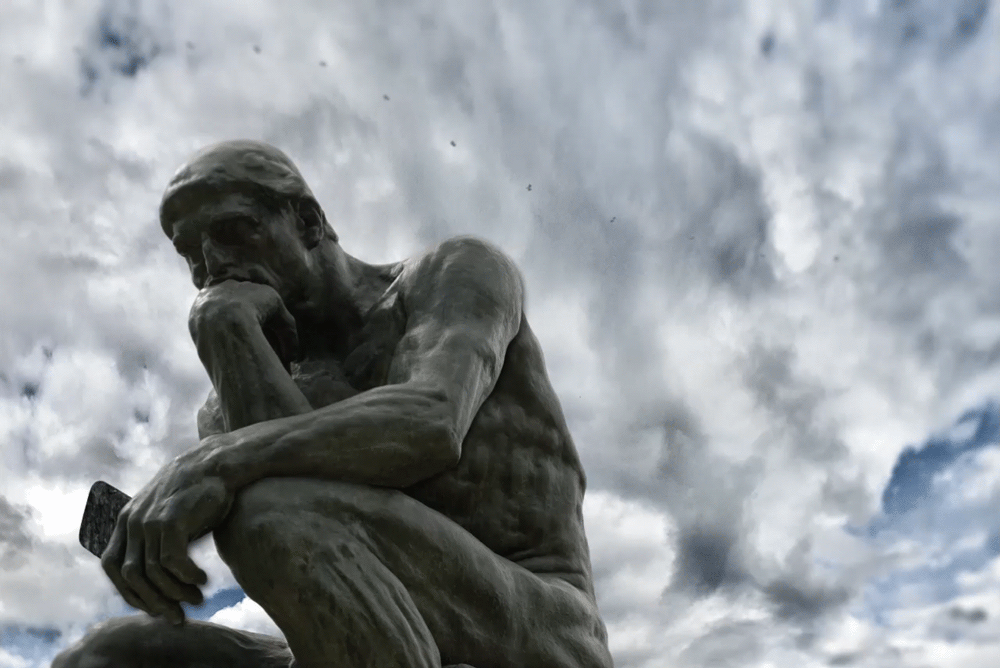I don’t think that the “Crossroads” team has ever focused on the same topic during radio programs-podcasts that are only two weeks apart.
But these are strange times and it seems that everything is moving way too fast. Ask the editors at The New York Times about that.
Thus, consider this week’s podcast an updated and expanded version our previous offering that ran with this headline: “Seeking some Gaza facts, maybe even truth, in today's niche-media matrix.” Now, to tune in this week’s 2.0 take on some of those subjects (and more), CLICK HERE. I kept the same “Matrix” graphics out front for a very simple reason — I still feel like I am living in a bizarre news environment in which it is difficult to tell what is real and what is digital illusion. How about you?
Thus, we are still dealing with the New York Times headline that helped launch a thousand arguments-protests-riots-pogroms in tense urban areas (and campuses of higher learning) around the world.
That news-shaping headline again: “Israeli Strike Kills Hundreds in Hospital, Palestinians Say.” That is a headline in which hard evidence later emerged that every single world in that equation could be scratched out (think red ink) with convincing tech evidence, according to the kinds of sources that journalists usually consider authoritative.
But the whole controversy would have been different — still inaccurate, but much more honest — if the first draft had simply said this: “Israeli Strike Kills Hundreds in Hospital, according to Hamas.” Yes, it would have helped if the times had not strategically located, under that headline, a photo of a blasted building in Gaza that was not the hospital (but we will set that aside for now).
The key is that the Times editors have finally deemed it necessary to address this issue, in this rather amazing item: “Editors’ Note: Gaza Hospital Coverage.” I doubt that this wall soothe any nerves in, oh, Istanbul, but it is worth reading.










